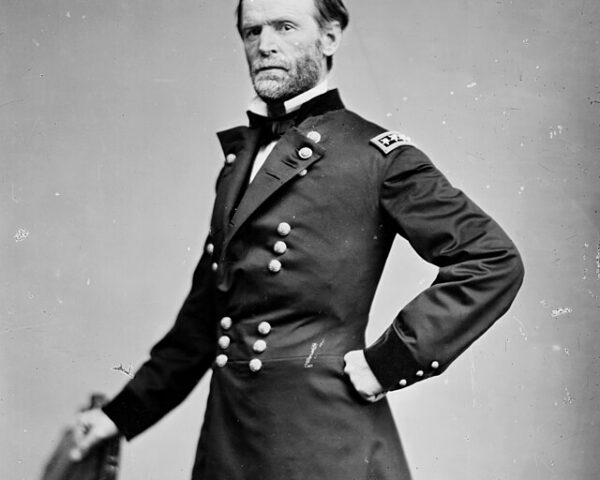On October 10, 1845, the United States Naval School opened in Annapolis, Maryland, with 50 midshipmen students and seven professors. The curriculum included mathematics and navigation, gunnery and steam, chemistry, English, natural philosophy, and French.
“When the founders of the United States Naval Academy were looking for a suitable location,” the school writes, “it was reported that then Secretary of the Navy George Bancroft decided to move the naval school to ‘the healthy and secluded’ location of Annapolis in order to rescue midshipmen from ‘the temptations and distractions that necessarily connect with a large and populous city.'”
Three committed men established the Naval Academy, explains historian Dwight Hughes. “First, Navy Secretary George Bancroft — distinguished educator, politician, historian and statesman — constituted federal authority. Renowned mathematician William A. Chauvenet contributed academic credibility and prestige with a curriculum that resembled West Point’s and covered mathematics, navigation, astronomy, surveying, steam mechanics, drawing, gunnery, foreign languages, history and maritime law. As first superintendent of midshipmen, Cdr. (and future Confederate admiral) Franklin Buchanan brought ashore 30 years on the salt and strict naval discipline.”
After a decade of hard work, the Annapolis became as rigorous and disciplined as its older rival at West Point. Over the past century and a half, the academy expanded its curriculum and facilities, striving to produce well-rounded officers capable of meeting the evolving challenges of naval warfare. By the late 19th century, it was officially renamed the United States Naval Academy, reflecting its growing reputation and significance.
Today, the U.S. Naval Academy remains at the forefront of naval education and training. Its graduates continue to serve with distinction in the Navy and Marine Corps, and the institution itself stands as a symbol of America’s commitment to producing leaders of character and competence to defend the nation’s interests on the seas and beyond. The academy’s rich history and enduring legacy make it a vital institution in the history of the United States military.






